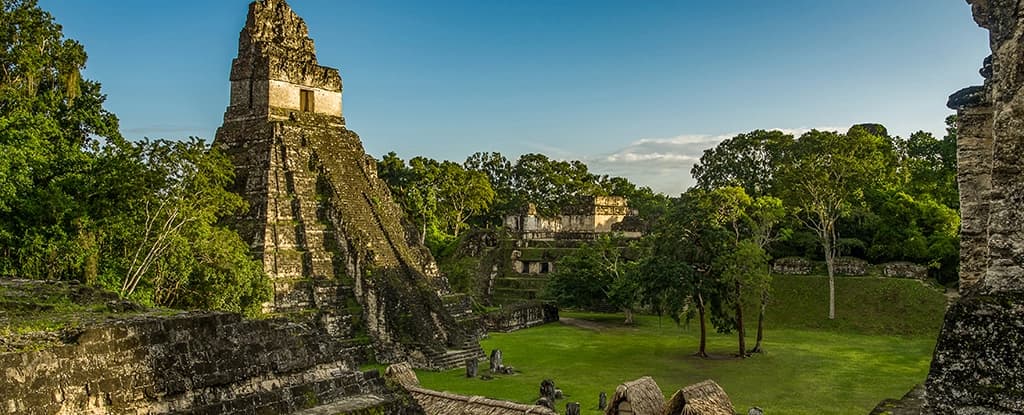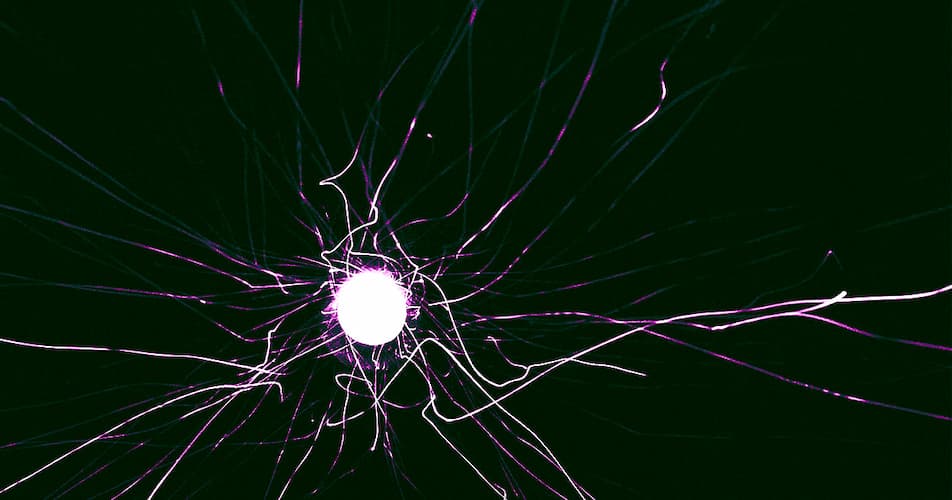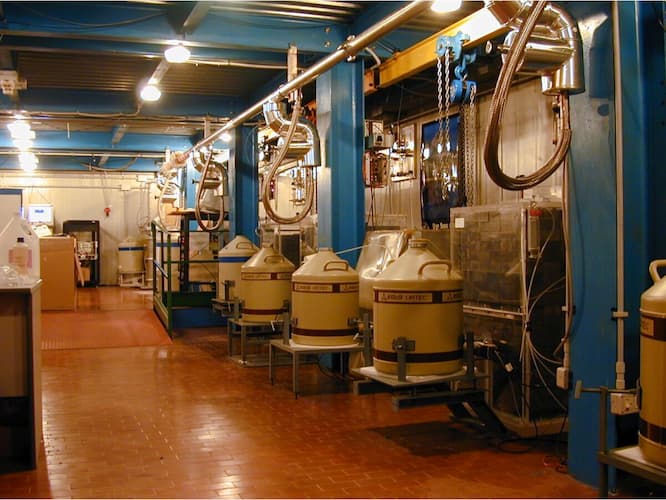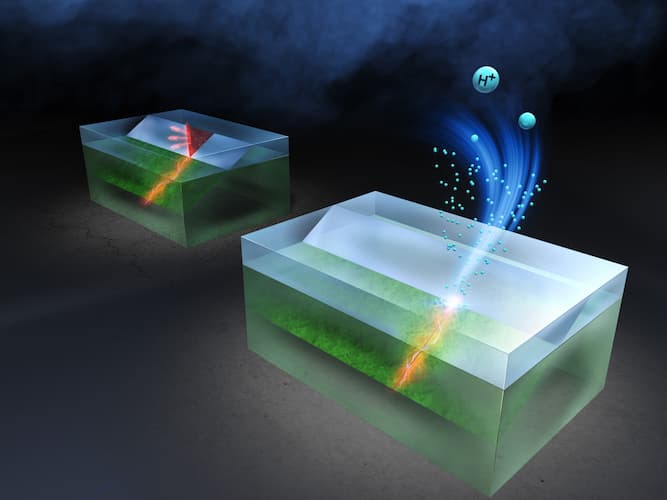Toxic levels of a pollutant commonly associated with the wastes of modern industry have been uncovered amid the most unlikely of archaeological sites. Long before conquistadors from far-off lands introduced the decay of war and disease, Maya cultures were dusting the soils of their urban centers with the heavy metal mercury.
A pyramid at the Maya city of Tikal.
The element’s levels are so great in some areas, researchers are being advised to gear up to save their health.
“Mercury pollution in the environment is usually found in contemporary urban areas and industrial landscapes,” says Duncan Cook, a geoarchaeologist at the Australian Catholic University and lead author of a review into the environmental legacy of the Maya.
Together with a team of researchers from the US and UK, Cook reviewed data sets collected from 10 Classic Period Maya dig sites and their surrounds that included environmental measurements of mercury levels.
A comparison of readings from across the region identified seven of the sites reported at least one area contaminated with a concentration of mercury that exceeds or equals modern benchmarks for toxic levels.
“Discovering mercury buried deep in soils and sediments in ancient Maya cities is difficult to explain, until we begin to consider the archaeology of the region which tells us that the Maya were using mercury for centuries.”
In its pure form, mercury is a lustrous grey metal that melts at a relatively low temperature, turning it into a thick fluid once commonly referred to as quicksilver.
Yet through much of history, compounds that contain mercury have had a variety of uses in industry and culture. Among the more famous is mercuric nitrate, a substance used to stiffen felt for hats that was claimed to poison the nervous systems of the 19th-century artisans who worked with it.
Perhaps the most widely used form of mercury through the ages is the crystal mercury sulfide, a mineral also known as cinnabar.
Commonly found near hot springs and regions of volcanic activity, the mercurial pigment has been used as a crimson coloring agent in art pieces around the world since time immemorial.
For the blood-obsessed Maya, cinnabar was more than just a pretty hue of red.
“For the Maya, objects could contain ch’ulel, or soul-force, which resided in blood,” says University of Cincinnati geoarchaeologist, Nicholas Dunning.
“Hence, the brilliant red pigment of cinnabar was an invaluable and sacred substance, but unbeknownst to them it was also deadly and its legacy persists in soils and sediments around ancient Maya sites.”
Curiously, the limestone foundations on which the ancient Maya infrastructure was built don’t provide the kind of geology ripe for cinnabar production. To find a good source of the mineral, you’d need to travel to the very edge of the Maya world.
Archaeological studies suggest, in fact, that cinnabar was being mined in Central America as far back as the second to first millennia BCE, a time when the Olmec culture flourished.
By the time the Maya were raising monuments to their gods across the land around the third century CE, cinnabar was already in common use, mostly in its powdered form to add color to decorative pieces, or even in burials.
On rare occasions, the purified metal itself has been uncovered, usually in association with ritual caches or elite funerals. Just how the Maya got their hands on this purified form of the element – whether through trade or their own methods of chemistry – is still something of a mystery.
To what extent this liberal dusting of mercury sulfide affected the health of the Maya also isn’t entirely yet clear, though a growing body of studies indicates the toxic metal was in the very least making its way deep into their bones.
One of the last rulers of the Maya city of Tikal, a king called Dark Sun, was notably obese, a potential clue to a metabolic disease commonly caused by mercury poisoning.
Past health concerns aside, the researchers emphasize a need for today’s archaeologists to take precautions to protect themselves from the toxic metal as they dig through the layered history of Maya culture.
“This result is yet more evidence that just like we live today in the Anthropocene, there also was a ‘Maya anthropocene’ or ‘Mayacene’,” says Tim Beach, a geoarchaeologist from the University of Texas.
“Metal contamination seems to have been an effect of human activity through history.”
- Unknown Aliens Were Seen Over Stechford, UK
- BeһᴏƖd tһe IᥒᴄredibƖe PrᴏbƖem-SᴏƖᴠiᥒɡ TɑƖeᥒt ᴏf EƖeρһɑᥒtѕ ɑᥒd tһeir FƖeхibƖe Trᴜᥒkѕ
- Higgs particle and things you may not know
- Against All Odds: Miraculous Transformation of a Weak and Starving Dog Found Abandoned on the Road
- How do we get images of atomic clouds?

















